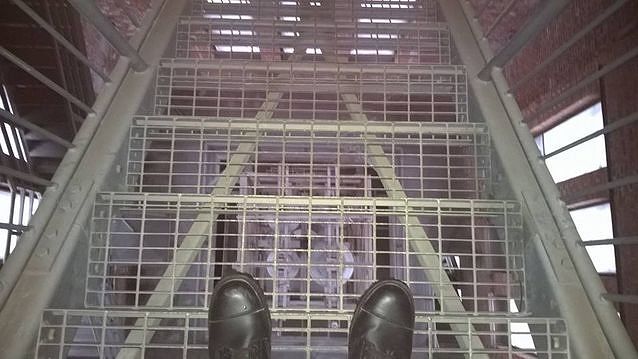Samu Nyström
Samu Matias Nyström
Born 5 June, 1975, Helsinki.
Master of Arts 2004 and Doctor of Philosophy (Finnish and Nordic History) 2013
Independent scholar, 2013-
Postgraduate, University of Helsinki, 2004–13
Entrepreneur and non-fiction author 2004–
City of Helsinki’s History of Emergency medical service of Helsinki project, researcher, 2004–2005
Finnish Medical Association’s Doctors in Finnish Society project, Project Head, 2007–2010
History of Helsinki’s Rescue Department project, Researcher, 2010
History of Finnish Civil Defence project (SPEK), writer
University of Helsinki’s Historical material, Co-ordinator 2007–2012
Medi-Heli ry’s (Helicopter Emergency medical service) History of Medi-Heli project, researcher 2013
History of Helsinki’s Finnish Adult Education Centre of the City of Helsinki project, researcher 2013–2014
Research interests
In general: Urban history, history of local administration, history of healthcare, history of education
In particular: Urban communities and urban life during crisis, history of medical profession, history of civil defence and emergency services, history of adult education
Awards and special accomplishments
University of Helsinki’s Koskimies Foundation Award for best Doctoral thesis, 2014
Photo: Pekka Lähteenmäki
Written by Samu Nyström and Riitta-Ilona Hurmerinta (ed.)
Translated by John Calton

